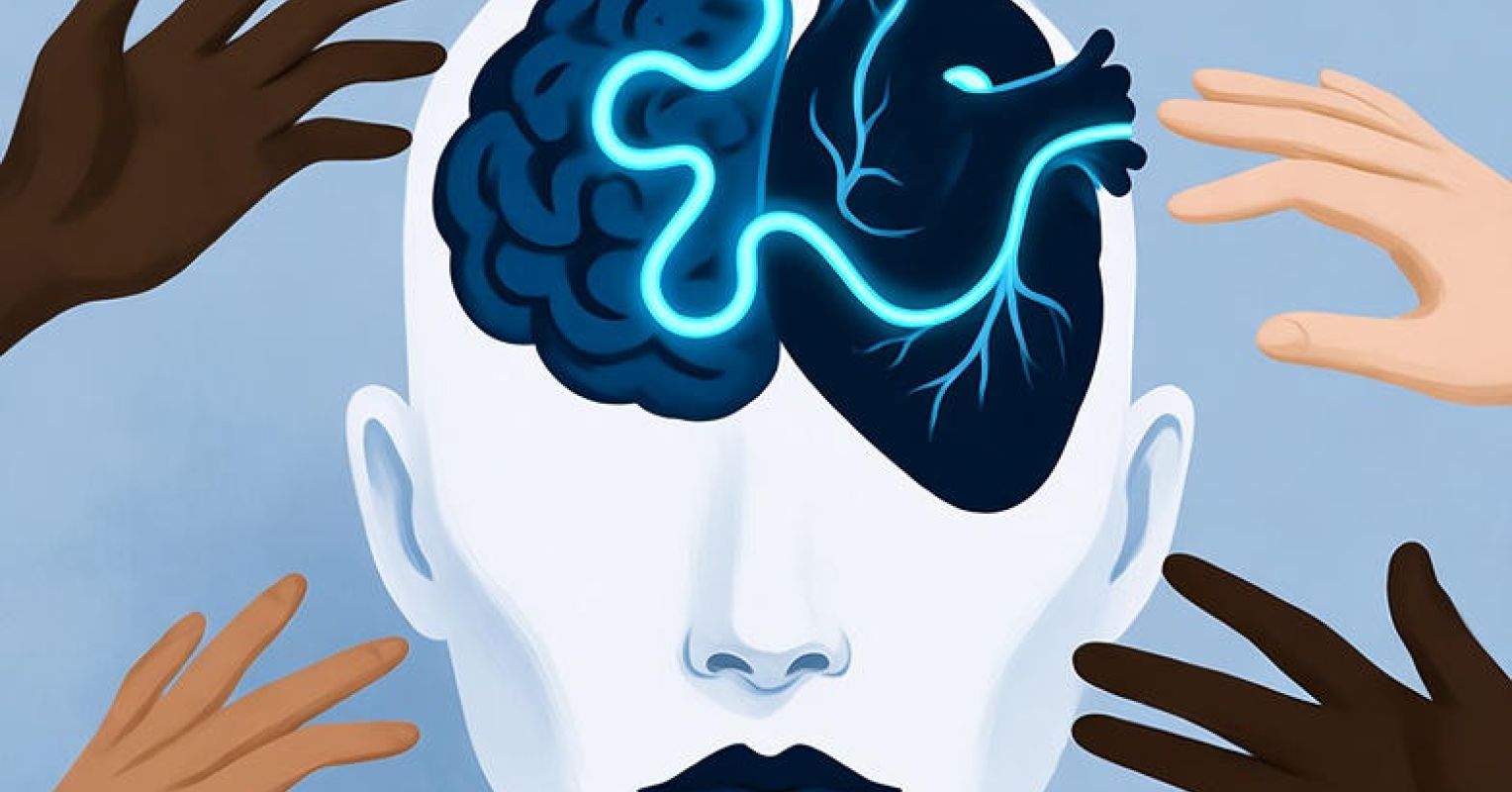
"In neuropsychology, the most fascinating disorders often blur the line between the mind and the social world, showing how relationships, perception, and emotion are tightly bound to the brain's circuitry. Hoarding disorder is one of these. People who hoard are often portrayed as eccentric or overwhelmed by clutter, but research is increasingly showing that the issue runs much deeper. It's not just about collecting objects; it's about how those objects come to fill an emotional and social void."
"A recent study by Victoria Edwards, Paul Salkovskis, and Victoria Bream, titled "Do they really care? Specificity of social support issues in hoarding disorder and obsessive-compulsive disorder" (2023), explores this psychological and neurobiological terrain by asking a simple but revealing question: How do people with hoarding disorder perceive social support compared to those with obsessive-compulsive disorder (OCD) or no psychiatric condition at all?"
Hoarding disorder emerges from intertwined processes of emotion, perception, and social cognition. Individuals who hoard often perceive social support as lacking or qualitatively different than people with OCD or without psychiatric conditions. Possessions take on emotional and social meaning and can become substitutes for interpersonal connection. Unmet attachment needs can be rerouted toward tangible items as an adaptive strategy to satisfy connection drives. Clutter and accumulated objects can function as a neuropsychological footprint of loneliness and altered perception, alongside cognitive rigidity and anxiety-driven behaviors that shape maintenance of hoarding.
Read at Psychology Today
Unable to calculate read time
Collection
[
|
...
]